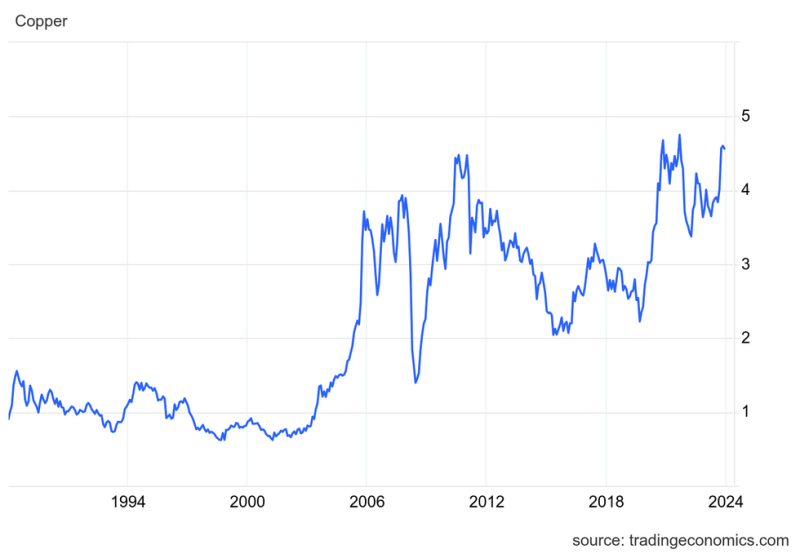Historical Analysis of Copper Prices
In recent years, the price of copper has been a topic of great interest and discussion in the financial and industrial sectors due to its widespread use in various applications. The historical trends of copper prices provide valuable insights into the factors affecting its volatility and could be used to make informed decisions for investments or business planning.
1. Copper Prices Over the Decades
Copper prices have seen significant fluctuations over the past few decades due to a variety of factors such as global demand, supply constraints, geopolitical events, and economic cycles. In the 1970s, copper prices skyrocketed as a result of the oil crisis and increased industrial demand. However, the prices plummeted in the 1980s due to oversupply and a slowdown in economic growth.
2. Impact of Economic Cycles
Economic cycles play a crucial role in determining copper prices. During periods of economic growth, such as the mid-2000s, copper prices tend to rise in response to increased demand for construction and infrastructure projects. Conversely, during economic downturns, such as the global financial crisis in 2008, copper prices experienced a sharp decline.
3. Global Demand for Copper
The global demand for copper is a key driver of its price fluctuations. Emerging economies, particularly China, have been major consumers of copper due to rapid industrialization and urbanization. As a result, any changes in the economic growth of these countries can have a significant impact on copper prices.
4. Supply Constraints and Geopolitical Events
Supply constraints, such as labor strikes, natural disasters, and political instability in major copper-producing countries like Chile and Peru, can also affect copper prices by disrupting production and reducing supply. Geopolitical events, such as trade disputes and sanctions, can further escalate price volatility by introducing uncertainty into the market.
5. Forecasting and Risk Management
Given the complex interplay of factors influencing copper prices, accurate forecasting and risk management are essential for businesses and investors involved in the copper market. Utilizing historical data, statistical models, and market analysis can help identify trends and anticipate potential price movements, enabling stakeholders to make informed decisions and mitigate risks.
In conclusion, the historical analysis of copper prices provides valuable insights into the factors driving its volatility and presents opportunities for businesses and investors to navigate the market effectively. By understanding the historical trends and factors influencing copper prices, stakeholders can make informed decisions to capitalize on opportunities and manage risks in the dynamic copper market.
